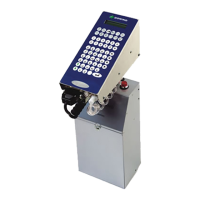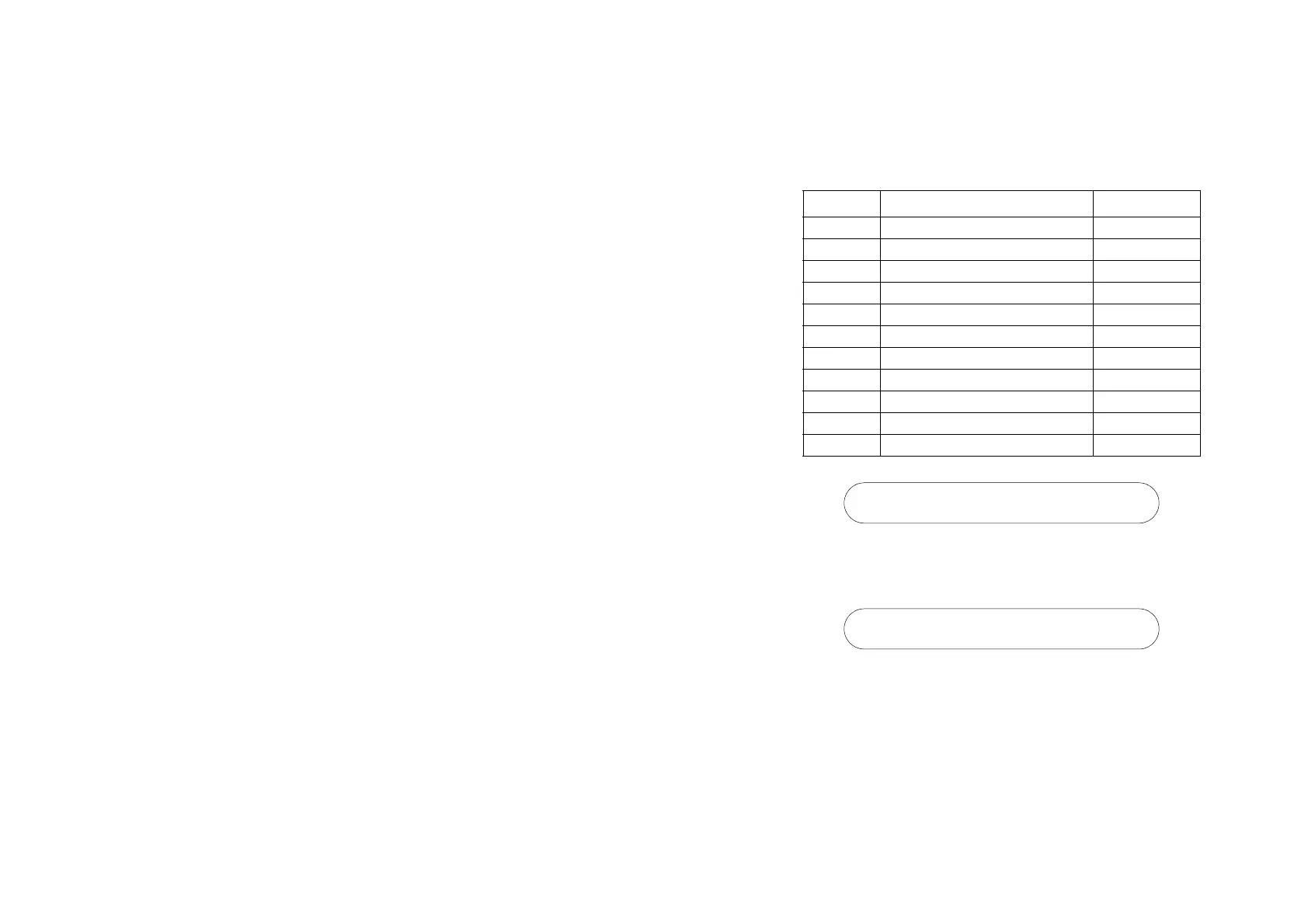FORMATTING MESSAGES
77091 Issue 2 November 2003 79
example, is always day 365, whether it is a leap year or not. To follow this system,
use the UVW code.
After the 29th of February in leap years, the KLM code will print a value one day
ahead of the value printed by UVW.
A full list of the available formatting letters is given below.
For example:
In this example, the brackets frame the letters AB and CD separated by a colon.
This code prints the current time in hours and minutes, using the colon to separate
the two numbers - 12:15, for example. AB represents hours (in the twenty-four
hour clock 00 to 23) and CD represents minutes (00 to 59).
Here the punctuation mark / has been used to separate the three sets of code
letters EF, GH and IJ. It prints the current date in day, month and year order - 25/
01/01, for example.
When printed, day of the year (either code) always pads out values under 100 with
zeros - for instance 001 or 023. Numerical day of week (P) can have the value 1 to
7, and alphabetical day of week (X) the corresponding letter A to G.
Code Meaning Example
AB Hours 23
CD Minutes 59
EF Day 31
GH Month 12
IJ Year 01
KLM Day of the year 366
NO Week number 52
P Day of week (number) 7
RST Month in words DEC
UVW Julian day of the year 365
X Day of week (letter) G
[AB:CD]
[EF/GH/IJ]

